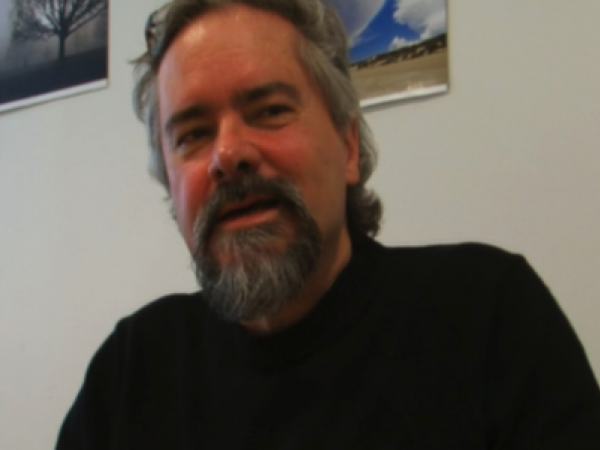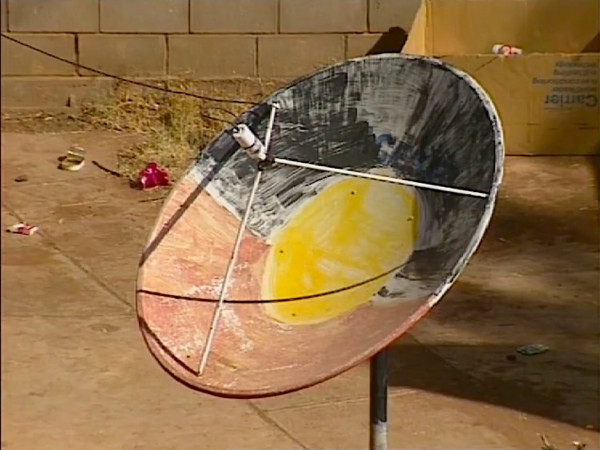Singing the Electric
Chapter by Philip Batty in ‘Channels of Resistance’

Batty, P. (1993) 'Singing the Electric: Aboriginal Television in Australia', in Dowmunt, T. (Ed.), Channels of Resistance: Global Television and Local Empowerment, London: British Film Istitute & Channel 4, pp106-125
Batty's analysis is framed by an account of 'Contemporary Aboriginal Culture' that critiques the romantic notion that is is 'a static entity, immune from change, located forever in some timeless never-never land' (107). The Aboriginal community is not 'an unchanging social order, free of any internal differences or conflicts', but 'an extremely complex entity, containing many internal variations' (108). He goes on to contrast EVTV in Ernabella with Imparja, maintaining that EVTV demonstrated how 'it is possible for indigenous groups to negotiate successfully […] the introduction of television into their lives, whereas CAAMA's attempt, with Imparja, to conduct similar negotiations 'ultimately failed'.
Philip Batty co-founded and jointly managed CAAMA from 1980-1991. From 1991 to 1993 he was the Director of the National Aboriginal Cultural Institute. He has produced a number of television documentaries, contributed to a wide range of published anthologies and curated several exhibitions in Australia and internationally. After completing a PhD based on his work at CAAMA, he was appointed Senior Curator, Melbourne Museum, Australia.




